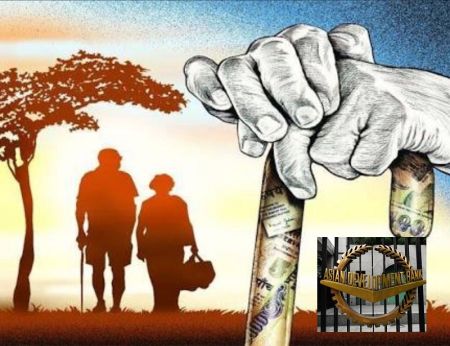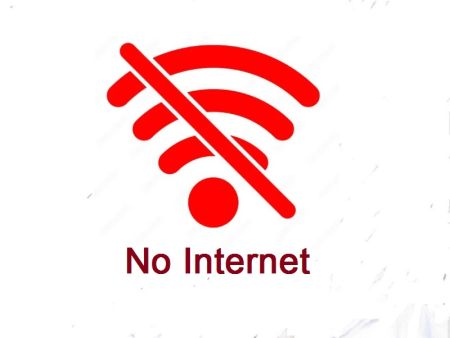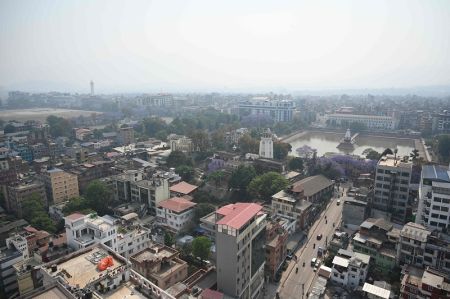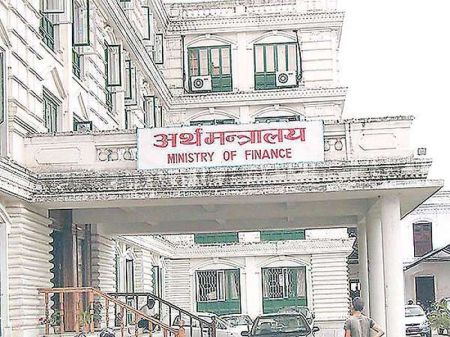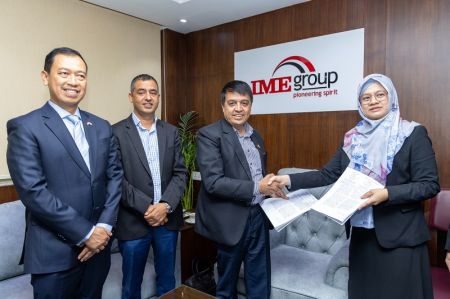--By Pinaki Roy
Smartphones have already garnered a 20 per cent share of the overall mobile phones market size of 17.5 million handsets in Nepal, says Purushottam Basnet, President of Nepal Mobile Business Organization. While 1,982,520 units of mobile phone handsets were imported into the country in 2012, the current year has registered an import figure of 858,513 units (till 22 May 2013).

Smartphones – the high-end devices with color screens that can access the Internet to download games and videos – is set to outsell the traditional mobile phones used for voice or text only, in the long run, predict importers of mobile phone handsets. “Smartphones is increasing its marketshare pie with accelerated growth in sales since January this year,” says Sachin Udas, Marketing Manager of TeleTalk Pvt Ltd.
A wide array of smartphone models are available in Nepal manufactured by global brands such as Samsung, LG, Sony and Nokia among others. There are also a host of regional brands in the market including Colors, Micromax, Karbonn, Spice, Lava, G5, Wynncom, Fly and Intex to name a few.
“The phone users of today want computers in their pockets,” a trader observes. The days of mobile phones being used primarily to make phone calls and send text messages are quickly fading away. As a result, the balance of smartphone power has shifted to phone makers that are most dependent on smartphones.
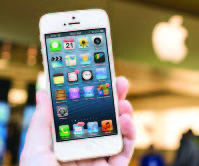
Smartphones have become a status symbol for many in the country besides being a major communication tool. Consumers are looking for mobile phones with advanced technology that support latest applications. Manish Rajbhandari, Managing Director of Allied Trade Link International Pvt Ltd says, “Smartphones is in the scene and everyone wants a smartphone now.”
Yogesh Roy, Mobile Business Head at Neoteric Nepal, says, “We are witnessing changes at a very fast rate in the dynamic domestic market.” He adds that the Nepali market is currently going through a transitional phase with everyone talking about and expressing a desire to switch to smartphones.
Market Transformation
Smartphones have been available in the market for a few years now, however, its market picked up only over the last couple of years. “The demand has risen immensely since the past six to seven months particularly because of new technology and fresh smartphone models hitting the market quite frequently,” Basnet informs.
“The market for smartphones has been increasing since the last one year. The response is on expected lines and we had anticipated a surge in demand beforehand,” says Udas. He adds that smartphones belonging to a host of Indian brands are all over the market and doing brisk business. He believes that the retailers started getting attracted towards smartphones as it offers them better margins as well as value for their respective customers. Retailers now have a great variety of smartphones on display that has made selling comparatively easier.
Technology Shift
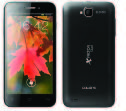
Mobile phone market is technology driven to a large extent, say traders. As Rajbhandari puts it, “The market for mobile phones is always growing, till the
time a new technology hits the market.” He adds that the market has moved from bar phones to multimedia handsets and currently the smartphones.
The mobile phone traders are presently focusing on importing Android phones. The popularity of Android phones is increasing because of its user-friendly functions, multi-tasking nature and availability of numerous applications. Rajbhandari says, “We have seen so much yet we don’t know where the technology will lead us next.”
Roy says that technology has made life easier for the people and smartphones are an extension of that. Udas states that Android technology is currently ruling the market and everyone is talking about it. “Its quadcore processor is popular, especially among the youth because of the speed it provides,” he adds.
“Consumers can relate easily with Android technology,” Udas tells, “It has got stuck in the people’s psyche. Almost 70 per cent of all customers do not even use the functions or are aware of the applications but demand to buy an ‘Android Smartphone’ nevertheless.”
Craze for New Brands

The unquenchable demand for latest gadgets by consumers has given confidence to the distributors of leading brands to launch newest brands within no time of their hitting the international market. “There are people who like to change mobile phone handsets at the drop of a hat,” Basnet chuckles.
“Around 60 per cent of all smartphones get sold in the Kathmandu Valley and the rest in other parts of Nepal,” he adds. Udas puts that figure at 70 per cent and says that Colors smartphones enjoy a 30 per cent market share in terms of the units sold.
Scores of consumers have already shifted to smartphones while a large chunk of the market is slowly but surely looking to upgrade by buying latest smartphone models available in the market. Rajbhandari adds that, worldwide, smartphones largely cater to the city dwellers and the Nepali market is no exception.
Traders involved in the mobile phone business tell that many consumers start asking about the availability of new models upon learning of their launch in the international market. “Such queries boost our confidence to import new models and meet the demand in the domestic market,” an importer remarks.
Buying Options
Rajbhandari states that people are increasingly looking for value added services such as memory cards, sim cards and warranty etc. He says the trend over the last six months or so is, “What is the attraction besides the phone itself?” He informs that the market share of Samsung phones among the upper segment is close to 27 per cent.

A Nokia Asha 305 with dual sim costs Rs 8,500 while Nokia Lumia 920 is priced around Rs 50,000. On the other hand, Karbonn smartphones are in the price range of Rs 7,000 for Karbonn A3+ to Rs 22,900 for Karbonn S5. Similarly, a Samsung Galaxy Y costs Rs 12,400 while the price of Galaxy S4 is Rs 71,900. Colors smartphones that has 10 models of Xfactor series are priced between Rs 5,000 and Rs 23,500. Colors also has a new model being launched during Dashain that is equipped with Amoled Screen and 1.5 GHz Quadcore Processor and will be priced around Rs 32,000, informs Udas.
Among the entities that make bulk purchase of smartphones include travel agencies, INGOs, banks, cooperatives and networking business enterprises. “NGOs, corporate houses, banks and other organizations make bulk purchases from us,” Roy says.
Importers say that today there are more opportunities for mobile handset sellers. Mobile handsets have seen a number of new brands being launched in the Nepali market on quite a regular basis. “The consumers in Nepal are fast catching up with the global trend which augurs well for the market of mobile handsets in the country,” an importer comments.
Retailers largely expect smartphones to outsell multimedia and bar phones in the course of the next few years. “Smartphones are getting immensely popular and everyone is interested in buying one,” says Basnet who also owns two retail outlets Paramount Electronic and Connecting People & Traders. He adds, “There is a craze towards smartphones in recent times because of the different facilities they carry such as various applications, internet, latest technology and are loaded with other attractive features.”
“Approximately, 25,000 smartphones are currently sold in the Nepali market every month,” says Udas. He adds, “Taking into account the festival season ahead that can witness three times more sales than usual months, another 200,000 smartphones will be sold by the end of 2013.”






